Pembungkusan kotak...
Tin Box Factory-Detailed introduction of tin box production process
Tin can production process
The traditional manufacturing method of metal packaging cans is: first cut the iron sheet blank into squares, then roll the blank into a cylinder (that is, the cylinder) and then solder the formed longitudinal joint line to form a side seal. The end (namely the bottom of the tank) and the round end cover are mechanically formed into a flange and rolled and sealed (this is a double crimping seam) to form a can body; the other end is filled with the product and then the can cover is sealed. Container is made of jar
It consists of three parts: bottom, body and lid. This can-making method was first born in France; the structure of tin cans has basically not changed much over the years, but the degree of automation and processing accuracy have been greatly improved. In recent years, the welding seam of the side seal has been changed to fusion welding. A new canning process appeared in the United States in the early 1960s. According to this process, the can body and the bottom of the can are a whole, which is stamped from a round flat blank, and sealed after being filled into the product. This is a two-piece can. There are two forming methods for this kind of can: stamping-thinning and drawing method (that is, punching and drawing method) and stamping-and-stamping method (that is, deep drawing method). These technologies are not new in themselves. The punching and drawing method has been used in the manufacture of bullet casings as early as the First World War. The difference in can making is that the production efficiency of ultra-thin metal is more efficient.
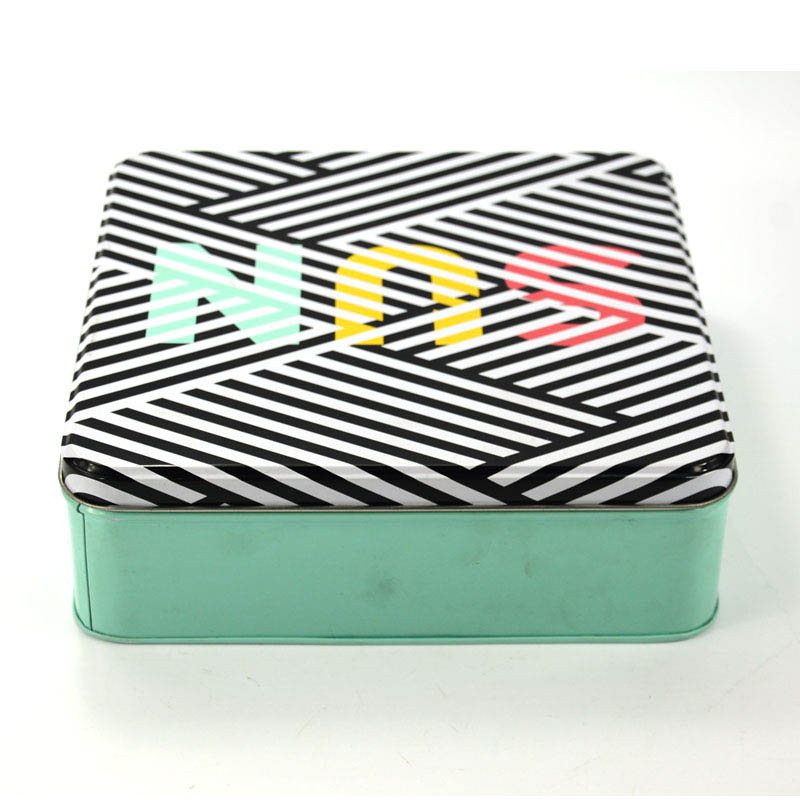
1) Three-piece tin can
The application history of the three-piece tin can has been nearly 200 years. Although it has been improved many times, its basic composition is still made of three metal sheets (tinned iron) of the can body, the bottom and the lid, hence the name "three-piece tank". The shape, size and manufacturing method of the bottom and lid of the ordinary three-piece can are exactly the same, and they are collectively called the lid. There are two main sealing forms for the longitudinal seam of the can body: soldering and fusion welding. The former was used earlier, but due to the lead in the solder, it has been eliminated; the latter can avoid lead pollution, low energy consumption, and low material consumption , But the production equipment is complicated.
Three-piece cans have good rigidity, can produce cans of various shapes, high material utilization rate, easy to change size, mature production technology, and many types of packaging products.

A. Three-piece tin can production process
Can body: cutting board—feeding—bending into a circle—overlap positioning—resistance welding—repainting—drying—turning over—beading—necking (beverage can)
Can lid: oiling-cutting board blanking-punching lid-round edge-glue injection-drying and curing
①Processing of can body-tube body. The key process is crimp forming and welding side seams. There are three ways to seal the side seams: soldering, welding and glueing. The tin solder of the tin solder can is generally composed of 98% lead and 2% tin. The cylinder making machine that rolls the slab into a cylinder is used as a pair with the side seam sealing machine for soldering. In the cylinder making machine, the edge of the slab is cleaned and bent into a hook shape, which is convenient for fixing when forming a cylinder. Then the cylinder passes through a side sealer, adds solvent and solder, and uses a gas spray gun to preheat the sealing area. The longitudinal soldering roller is further heated to make the solder flow over the joints. Then, a rotating scraper is used to remove the excess that is mainly in the form of drops. The solder is removed. Fusion welding uses the principle of consumable wire electrodes and uses resistance welding. Earlier fusion welding systems used large lap joints to raise the temperature of the steel to the melting point and welded under lower roller pressure. The latest welding machine uses a small overlap (0.3~0.5mm), and the metal temperature is just below the melting point, but the pressure of the welding roller should be increased to forge the two overlapping surfaces together. The weld destroys the original or painted smooth surface of the inner surface, leaving exposed iron, iron oxide, and tin on both sides of the weld. In order to prevent the product from being contaminated and the welded seam from being corroded by the product, in most cases the side seals need to be coated for protection.
The side seal of the tank containing only dry products can be glued. That is, nylon tape is used to paste the longitudinal seams, and the nylon tape is melted and condensed after the cylinder is formed. Its advantage is that it can completely protect the original edge, but it can only be used for Wuxi Steel (TFS), because the melting point of tin is close to the melting temperature of plastic.
②Can body-simplified post-processing. Flanges must also be machined at both ends of the simplified version in order to install the end caps. For processed food cans, the cans may be subjected to external pressure during processing, or the inside of the cans may be in a vacuum state during storage. In order to increase the strength of the tank, ribs may be made on the simplified surface. This process is called corrugation. In order to improve production efficiency, the round length of shallow containers is often two to three can lengths.
At this time, the first process is to cut the cylinder. The traditional method is that the slab is continuously cut on the cutting machine (scoring machine) before forming. However, the recent appearance of the can trimming shears developed for the production of two-piece cans.

(2) Two-piece tin can
Two-piece tin cans came out in the middle of the 20th century. The whole packaging can is composed of two pieces, namely the can body and the can lid, so it is called a two-piece can. The can body of the two-piece can is made of a thin metal plate, which is stretched and deformed by a punch through a stretch forming die, so that the can bottom and can body are connected into one body.
Two-piece cans Two-piece tin cans can be classified into various types: according to the height of the can, there are shallow and deep drawn cans; according to the can material, aluminum cans and iron cans; according to manufacturing technology, thinning Drawing cans and deep drawing cans, etc. Compared with the three-piece can, the two-piece can has the following advantages:
①Good sealing. The can body is directly formed by the punching process, no leakage, and the leak detection process can be avoided.
②Ensure product quality. The two-piece cans do not need to be welded and sealed to avoid lead contamination of the solder cans, and are resistant to high temperature sterilization, which can ensure product hygiene.
③Beautiful and generous. The can body has no joints, beautiful appearance, and the can body can be continuously decorated and printed with good effect.
④ High production efficiency. The two-piece can has only two parts, and the can body manufacturing process is simple, which is of great benefit to simplify the process and increase the production capacity.
⑤Save raw materials. The body of the two-piece can is stretched and deformed when it is formed, and the wall thickness is thinner than that of the three-piece can; in addition, the body of the two-piece can is integrally formed, without the longitudinal seam of the can body and the seam with the can bottom, which also saves material .
However, two-piece cans have higher requirements for material performance, canning technology, canning equipment, etc., and there are fewer types of filling materials.

Two-piece tin can production process
Punching and cupping: Coil blanking-stamping and pre-stretching into a blank-multiple stretching and thinning-punching and forming-trimming-cleaning lubricant-drying-white enamel-surface printing-coating inner wall-drying-shrinking Neck flanging-leakage
Deep drawing cupping: blanking-top punching cup-red cup (several times)-flanging-bottom punching forming-trimming-surface modification-leak detection
The two molding methods for manufacturing two-piece tin cans both use metal plate molding. This method is based on the "fluidity" of the metal exhibited by the rearrangement of the crystal structure under the action of compound stress, and the material should not break during this process. ① Stamping and forming. That is, a punch of the punching machine is used to punch a flat plate into a cylindrical die, thereby deforming the flat plate into a cylinder. The diameter of the cup formed after the initial punching can be reduced by applying a re-punching process. In the re-punching process, a punching sleeve is used instead of the punching die, which is installed between the punch and the inner diameter of the punching cup. The rule of equal area determines that the increase in height is accompanied by the reduction in diameter. The re-stamping process can be repeated again, and the diameter of the book is gradually reduced within a certain limit, and the metal is prevented from breaking.
② Thinning and stretching of the cup wall. The stamped cylindrical cup is sleeved on the punch, and the punch is squeezed into a die along the axial direction. The gap between the die and the punch is smaller than the thickness of the cup wall, so that the wall thickness remains unchanged while the diameter remains the same. Get thinner. The metal volume of the barrel after thinning is equal to the metal volume of the cup during the thinning and stretching process, and it is also equal to the metal volume of the original slab. In the manufacture of cans, this process is repeated two or three times,
The punch with the cup passes through a series of molds one after the other, one stroke at a time. The most convenient way to install the stamped Lin on the punch is to perform a re-stamping operation before the first thinning and stretching.
③The manufacture of cupping. The manufacturing process of punching and cupping cans is roughly as follows: unfolding ordinary strip coils; Xu lubricant; blanking and punching the cup; re-stamping; thinning and stretching of the side wall of the cup; bottom forming; simplified trimming to the correct height; cleaning and processing . For dry beverage cans, the outer surface coating, printing performance, inner surface coating, flange forming and closing of the open end are also required. For food cans, the outer surface is painted during the cleaning process
Layers, flange forming of the open end, corrugated cylinder and inner surface coating or can end are manufactured with pre-coated plates on a multi-mold press. The can cover is pressed with corrugations (reinforcing ribs) to bear the internal and external pressure. The last process here is hemming to form a double hemming seam. Place packing on the final seal to act as a sealing gasket.
④ Manufacturing of deep-drawn cans. The steps of making a deep-drawing tank are as follows: cutting the thin sheet strip coil into spiral-shaped sheets; coating and finishing the sheet (coated coils can also be used); blanking and punching the wafer; Or twice, depending on the size of the tank) bottom molding; flange trimming to the correct width; inspection and sterilization. As with the punching process, a multi-die cup punching machine is used to load and unload materials from wide thin strip coils or plates and punch them into shallow cups. The shallow cup gradually reduces the diameter and increases the height through one and two re-stamping. When the final stamping is stopped to a certain extent, a flange will be left on the can, like all other sheet metal forming processes. Irregular edges should be cut off, and the bottom of the tank should be processed into the required shape.
3. Tin can processing equipment
The main equipment for tin can processing includes various stamping machines, shear blanking machines and other auxiliary equipment. There are so many types of these devices that it is impossible to introduce them. In view of the characteristics of modern canning industry that mostly adopts automated production, this chapter only consists of the punching and cupping production line. The thin plate coil is sent to the unwinding machine (unwinding rack) by the transport vehicle. The unwinding machine generally has two arms, one arm faces the sheet roll transporter, the other arm feeds the press, and the sheet roll can be replaced by rotating the arm. The sheet roll is passed through the lubricant coating equipment, coated with lubricant on both sides, and passed through a pair of rubber rollers to remove excess lubricant. In older production lines, the lubricant is mixed with the correct concentration and then placed in one In the container, add it to the lubricant tank when needed. In newer production lines, external circulation systems are generally used, which can perform temperature control, continuously filter and maintain a constant lubricant quality.
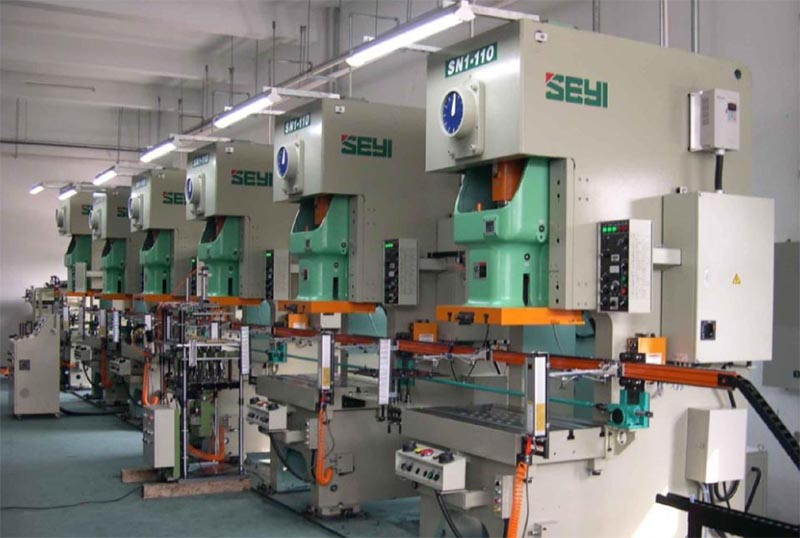
Cup press
The cup punch press is a specially designed double-action press. It first punches down a number of round slabs, and then punches the round slabs into a shallow cup shape. These two actions are completed in one trip. The function of the cup wall thinning and deep drawing machine is to transform the cup into a cylinder with the correct distribution of the side wall thickness, and change the bottom of the cup into a design shape that can resist internal pressure during use. Here, the punch cup is re-punched and left on the punch, and then passes through three thinning and drawing rings in sequence to thin the cup wall. At the end of the stroke, enter the auxiliary press to form the arch and the bottom of the cup. At the beginning of the return journey, with the help of compressed air sent from the punching tube, the spring ejector rod unloads the can body from the punch, and the can is sent out of the machine by the conveyor belt. Each cup wall thinning and deep drawing machine works in conjunction with an edge trimming machine. The edge trimming machine has two forms: rail type and roller type. There are many cores on the rotating frame of the guide rail edge trimming machine, and the can edge is cut between the rotating core and the stationary rail.
Roller type trimming machine
On the roller type trimming machine, one end of the can is fed between two rollers and rotates around its own axis, and the two rollers move closer to each other to complete the trimming action. After the can is trimmed at a fixed height, the opening of the can is facing down, and it is buckled upside down on a grid conveyor belt, and is transported in large quantities to a series of cleaning rooms equipped with spray nozzles, where it is punched, thinned and stretched with detergent The lubricant used at the time is washed off, and finally rinsed in deionized water to ensure no stains and dry.

Neck-Flange Forming Machine
The closing-flange forming machine performs closing and flange forming processing for beverage cans, while corrugating and flange forming for food cans. In order to avoid roughening of the metal axial surface during thinning and drawing, the flange forming generally adopts a spinning process. The neck of the top of the beverage can can be retracted and formed with a mold after spinning the flange.
Tin can application
Metal tin cans currently used for packaging are mainly tinned three-piece cans and two-piece cans. Tin cans use tin-plated iron plates as materials, and thinning and stretching processes are used in the manufacturing process, so the thickness of the can wall is significantly thinner than the bottom of the can.
Conclusion: Shangzhimei tin can factory has a professional design and development team, which can take into account the tin can packaging design and the company’s brand culture from many aspects. We pay attention to visual marketing and will surely be able to design a high-end packaging suitable for your product. After many years of experience in can production process, the quality can be well controlled. If you need to customize tin can packaging, choose us, and we will definitely go hand in hand with you!




.jpg)


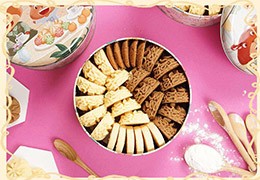

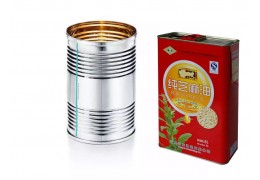






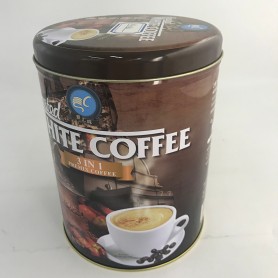

Latest comments